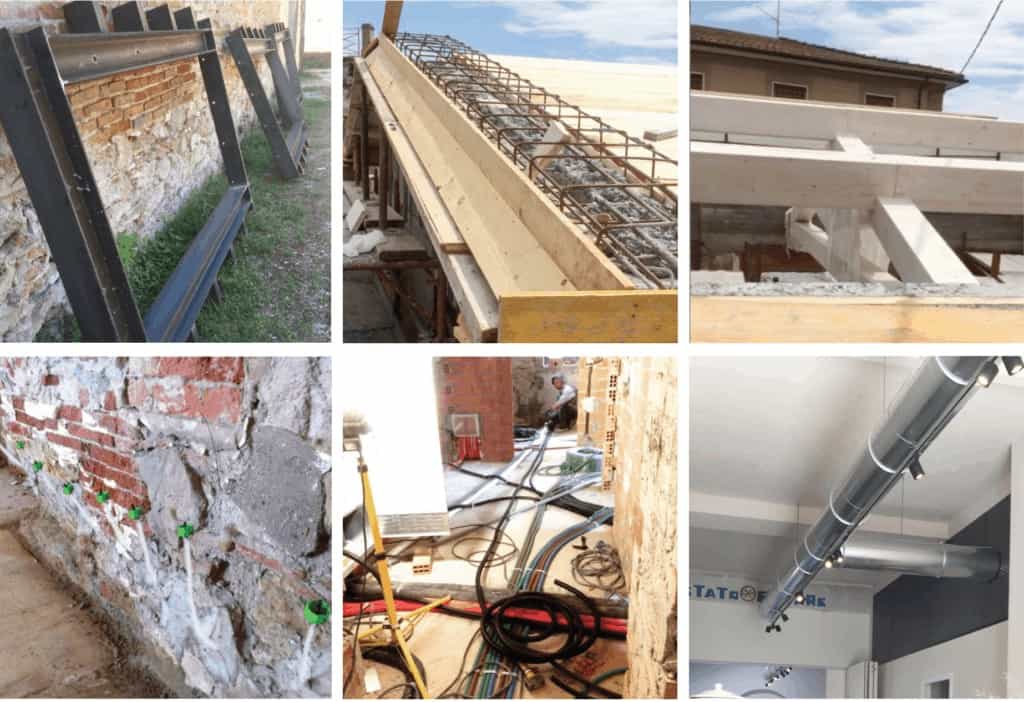Sustainable Refurbishments in the UK
Originally published on Hotel Designs.com in June – 2020
An ode to sustainable refurbishments
Designer and architect from Flair Studio Federico Schilling explains the challenges and solutions regarding sustainable refurbishments…
Until the lockdown, we have seen a strong momentum for environmental causes culminating with the Extinction Rebellion movement and more industry-specific calls to action (including the RIBA Climate Challenge).
Architects and interior designers are called to take responsibility for the climate change by applying a more ethical approach and achieving a substantial reduction of carbon emissions, with special focus on the regeneration and adaptation of the existing buildings.
But making sustainable refurbishments which are also financially viable is a task that architects and interior designers can’t take on alone. The shortage of government funding or incentives to promote more sustainable alternatives still plays a deterrent in the U.K., especially for the consumer market. At the same time, the lack of legislation and implementation of building regulations allows for obsolete products and technologies to keep dominating the market. On the other hand, and although thanks to the above-mentioned campaigns the interest is growing more and more, not all clients are interested to embark on sustainability for refurbishment projects and especially when this involves more costs and complexity, sustainability has been often viewed as a nice-to-have item. Also, new measurement parameters for green refurbishments should be introduced, which are easier and less expensive than the industry standard (Breams and Leed) certificates.
“If development, design and government doesn’t join forces, unite as a powerful lobby and face the challenges ahead, we may stumble into a future in which the real value of everything we’ve built is nothing”, writes Christine Murray
Of Course, design professionals can play a huge role as specifiers by limiting the impact that a new building or a refurbishment has on the environment. They can do so by implementing and embedding more sustainable choices within the procurement route and by educating the client on the benefits in the medium and long term for more ethical and environmental choices. Unfortunately, and especially for commercial and hospitality projects, it is sometimes frustrating to see these solutions value-engineered out of the final build specification. In order to prevent this, design professionals should establish strong relationships with their clients and try to include a commitment to sustainability already at briefing stage, by establishing a link between sustainability and added value and explaining the advantages in terms of efficiency and well-being for customers or end-users.
Refurbishing a building or a space which then becomes more performant, ethical and desirable, as well as functionally and aesthetically appealing, is sometimes still seen as an hassle within the industry but should become a major priority instead. Sustainability can then become the driving factor to combat both climate change and the coronavirus crisis as it can contribute decisively to an environmentally friendly post-lockdown economic recovery.
